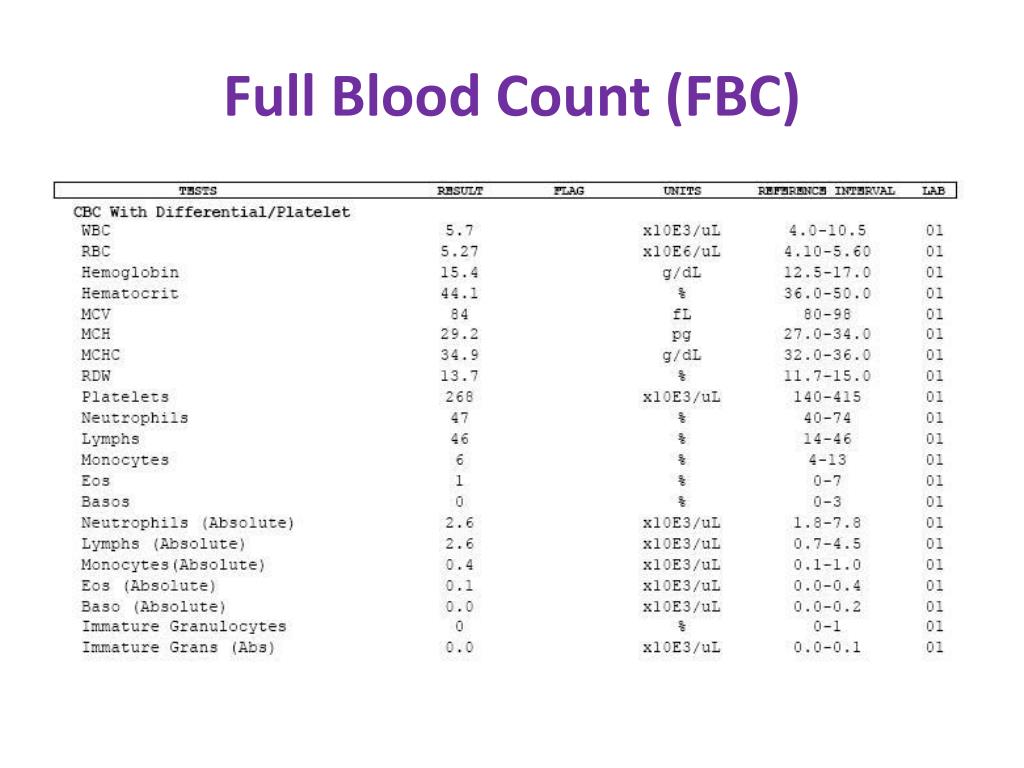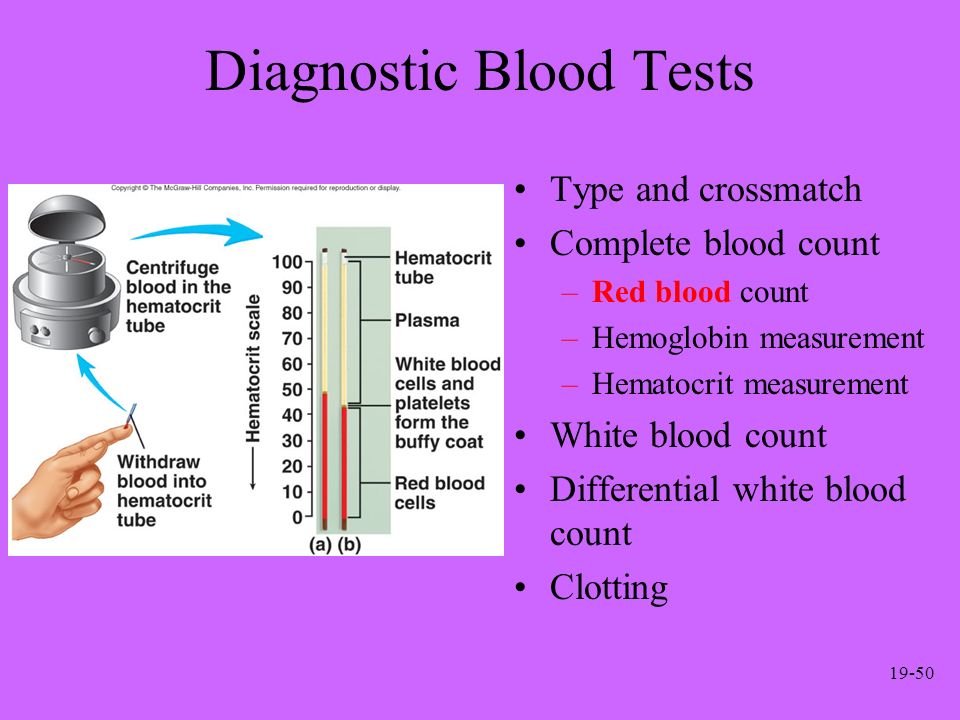What is hematocrit in blood test results. Understanding Hematocrit: A Comprehensive Guide to Blood Test Results and Implications
What is hematocrit in blood test results? Explore the definition, normal ranges, and potential causes of abnormal hematocrit levels. Get answers to your questions about this important blood test.
Understanding Hematocrit: The Basics
Hematocrit is a crucial blood test that measures the percentage of red blood cells in a person’s blood. This test provides valuable insights into an individual’s overall health and can help identify potential medical conditions. Red blood cells, also known as erythrocytes, are responsible for carrying oxygen throughout the body, making hematocrit an important indicator of proper blood function.
Normal Hematocrit Ranges
The normal range for hematocrit levels can vary slightly depending on factors such as age, gender, and laboratory testing methods. Generally, the accepted normal ranges are:
- Males: 40.7% to 50.3%
- Females: 36.1% to 44.3%
- Newborns: 45% to 61%
- Infants: 32% to 42%
It’s important to note that normal values may differ slightly between different laboratories, so it’s always best to consult with your healthcare provider to interpret your specific test results.

Causes of Low Hematocrit (Anemia)
A low hematocrit level, also known as anemia, can be caused by a variety of factors. Some common causes of low hematocrit include:
- Bleeding, either internal or external
- Bone marrow disorders that impair red blood cell production
- Chronic illnesses, such as kidney disease or certain types of arthritis
- Malnutrition, particularly a lack of iron, folate, vitamin B12, or vitamin B6
- Leukemia or other cancers that affect the bone marrow
- Chronic inflammation or infection
Causes of High Hematocrit (Polycythemia)
In contrast, a high hematocrit level, also known as polycythemia, can be caused by the following factors:
- Bone marrow disorders that cause an abnormal increase in red blood cells (polycythemia vera)
- Congenital heart disease
- Exposure to high altitudes
- Dehydration or low levels of oxygen in the blood
- Scarring or thickening of the lungs
Interpreting Hematocrit Test Results
When interpreting hematocrit test results, it’s essential to consider the individual’s overall health and medical history. Low hematocrit levels may indicate anemia, which can be a symptom of various underlying conditions. Conversely, high hematocrit levels may suggest polycythemia or other circulatory issues. Your healthcare provider will be able to provide guidance on the significance of your hematocrit results and any necessary follow-up actions.

Frequently Asked Questions
What is the difference between hematocrit and hemoglobin?
Hematocrit and hemoglobin are related but distinct measurements. Hematocrit measures the percentage of red blood cells in the blood, while hemoglobin measures the amount of oxygen-carrying protein within those red blood cells. Both tests provide important information about a person’s overall blood health and function.
How is a hematocrit test performed?
A hematocrit test is performed by taking a small blood sample, typically from a vein in the arm. The blood is then centrifuged to separate the red blood cells from the plasma, and the percentage of red blood cells is measured. This process is quick and relatively painless, with only a minor pinprick sensation during the blood draw.
When is a hematocrit test ordered?
Hematocrit is almost always included as part of a complete blood count (CBC) test, which is a standard screening tool used to evaluate overall blood health. Healthcare providers may also order a hematocrit test if they suspect anemia, polycythemia, or other blood-related conditions based on a patient’s symptoms or medical history.

The Importance of Hematocrit Testing
Hematocrit testing is a crucial component of comprehensive healthcare. By monitoring an individual’s red blood cell levels, healthcare providers can identify potential issues and address them before they become more severe. Whether you’re undergoing routine blood work or being evaluated for a specific medical condition, understanding your hematocrit results can provide valuable insights into your overall health and well-being.
Hematocrit – UF Health
Definition
Hematocrit is a blood test that measures how much of a person’s blood is made up of red blood cells. This measurement depends on the number of and size of the red blood cells.
Alternative Names
HCT
How the Test is Performed
A blood sample is needed.
How to Prepare for the Test
No special preparation is necessary for this test.
How the Test will Feel
When the needle is inserted to draw blood, some people feel moderate pain. Others feel only a prick or stinging. Afterward, there may be some throbbing or a slight bruise. This soon goes away.
Why the Test is Performed
The hematocrit is almost always done as part of a complete blood count (CBC).
Your health care provider may recommend this test if you have signs of or are at risk for anemia. These include having:
These include having:
- Before and after major surgery
- Blood in your stools, or vomit (if you throw up)
- Chronic medical problems, such as kidney disease or certain types of arthritis
- During pregnancy
- Fatigue, poor health, or unexplained weight loss
- Headaches
- Heavy menstrual periods
- Leukemia or other problems in the bone marrow
- Monitoring during treatment for cancer
- Monitoring medicines that may cause anemia or low blood counts
- Monitoring of anemia and its cause
- Poor nutrition
- Problems concentrating
Normal Results
Normal results vary, but in general they are:
- Male: 40.7% to 50.3%
- Female: 36.1% to 44.3%
For babies, normal results are:
- Newborn: 45% to 61%
- Infant: 32% to 42%
The examples above are common measurements for results of these tests. Normal value ranges vary slightly among different laboratories.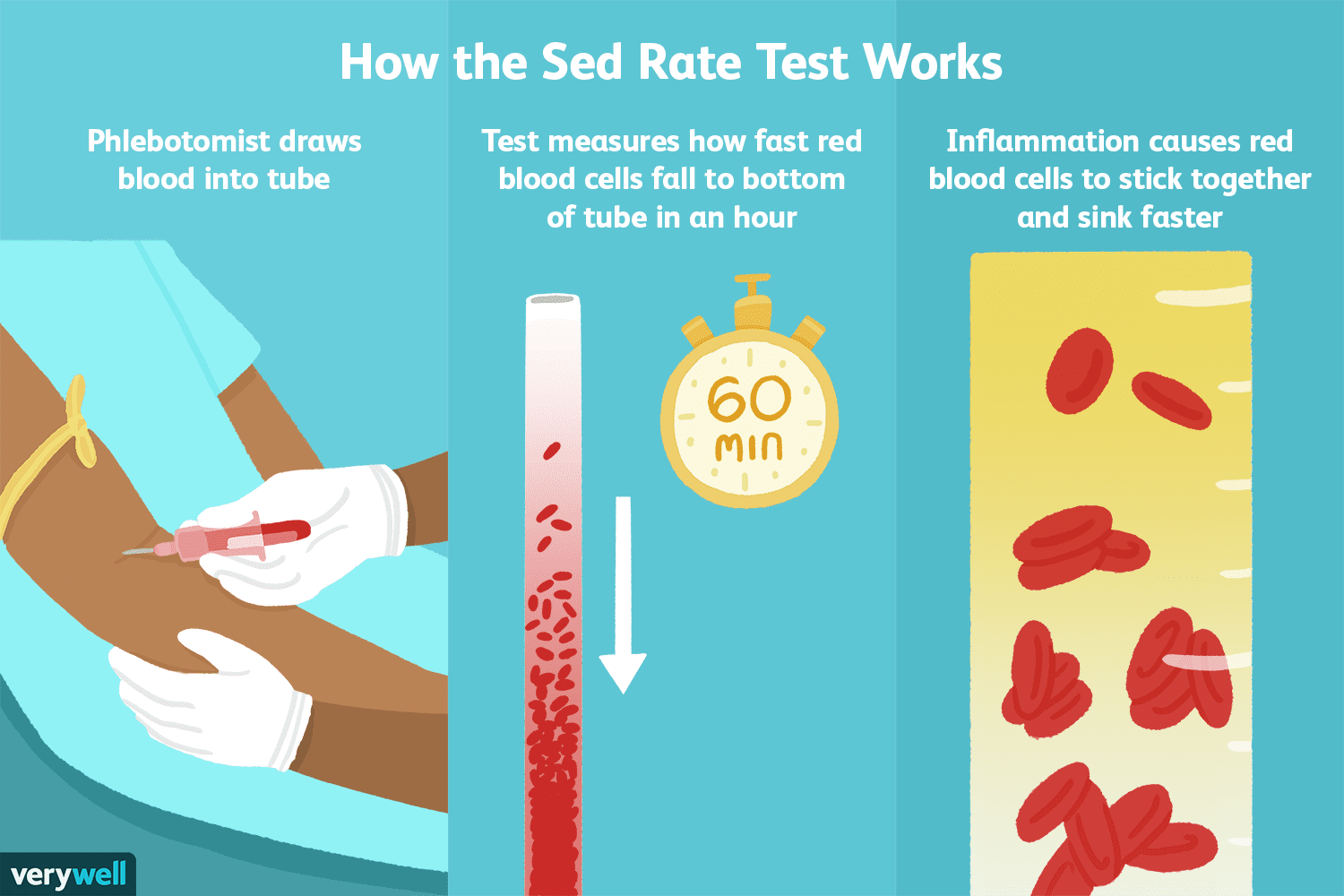 Some labs use different measurements or test different samples. Talk to your provider about the meaning of your specific test results.
Some labs use different measurements or test different samples. Talk to your provider about the meaning of your specific test results.
What Abnormal Results Mean
Low hematocrit may be due to:
- Anemia
- Bleeding
Bone marrow being unable to produce new red blood cells. This may be due to leukemia, other cancers, drug toxicity, radiation therapy, infection, or bone marrow disorders
- Chronic illness
- Chronic kidney disease
- Destruction of red blood cells (hemolysis)
- Leukemia
- Malnutrition
- Too little iron, folate, vitamin B12, and vitamin B6 in the diet
- Too much water in the body
High hematocrit may be due to:
- Bone marrow disease that causes abnormal increase in red blood cells (polycythemia vera)
- Congenital heart disease
- Exposure to high altitude
- Failure of the right side of the heart
- Low levels of oxygen in the blood
- Scarring or thickening of the lungs
- Too little water in the body (dehydration)
Risks
There is little risk involved with having your blood taken. Veins and arteries vary in size from one person to another and from one side of the body to the other. Obtaining a blood sample from some people may be more difficult than from others.
Veins and arteries vary in size from one person to another and from one side of the body to the other. Obtaining a blood sample from some people may be more difficult than from others.
Other risks associated with having blood drawn are slight but may include:
- Excessive bleeding
- Fainting or feeling lightheaded
- Multiple punctures to locate veins
- Hematoma (blood buildup under the skin)
- Infection (a slight risk any time the skin is broken)
Images
References
Chernecky CC, Berger BJ. H. Hematocrit blood. In: Chernecky CC, Berger BJ, eds. Laboratory Tests and Diagnostic Procedures. 6th ed. St Louis, MO: Elsevier Saunders; 2013:620-621.
Kliegman RM, St. Geme JW, Blum NJ, Shah SS, Tasker RC, Wilson KM. Blood disorders. In: Kliegman RM, St. Geme JW, Blum NJ, Shah SS, Tasker RC, Wilson KM, eds. Nelson Textbook of Pediatrics. 21st ed. Philadelphia, PA: Elsevier; 2020:chap 124.
21st ed. Philadelphia, PA: Elsevier; 2020:chap 124.
Means RT. Approach to the anemias. In: Goldman L, Schafer AI, eds. Goldman-Cecil Medicine. 26th ed. Philadelphia, PA: Elsevier; 2020:chap 149.
Vajpayee N, Graham SS, Bem S. Basic examination of blood and bone marrow. In: McPherson RA, Pincus MR, eds. Henry’s Clinical Diagnosis and Management by Laboratory Methods. 24th ed. Philadelphia, PA: Elsevier; 2022:chap 31.
Last reviewed January 9, 2022 by David C. Dugdale, III, MD, Professor of Medicine, Division of General Medicine, Department of Medicine, University of Washington School of Medicine. Also reviewed by David Zieve, MD, MHA, Medical Director, Brenda Conaway, Editorial Director, and the A.D.A.M. Editorial team..
Related specialties
News and Patient Stories: Hematocrit
October 1, 2010
You’ve heard it before, but it bears repeating: Quality patient care is our first and most essential focus.
Now imagine a procedure performed about 15 million times per year in U.S. hospitals that increases the likelihood of death by 70…
University of Florida Health Science Center,
+1 more
January 1, 2003
For anesthesiology Chairman Nikolaus “Nik” Gravenstein, M.D., upholding high standards is a family tradition stretching back 45 years.
In 1958, the UF College of Medicine recruited Gravenstein’s father to begin the department of…
College of Medicine, Jacksonville College of Medicine,
+1 more
More Hematocrit stories
Complete Blood Count (CBC) | HealthLink BC
Test Overview
A complete blood count (CBC) gives important information about the kinds and numbers of cells in the blood, especially red blood cells, white blood cells, and platelets. A CBC helps your doctor check any symptoms that you may have, such as weakness, fatigue, or bruising.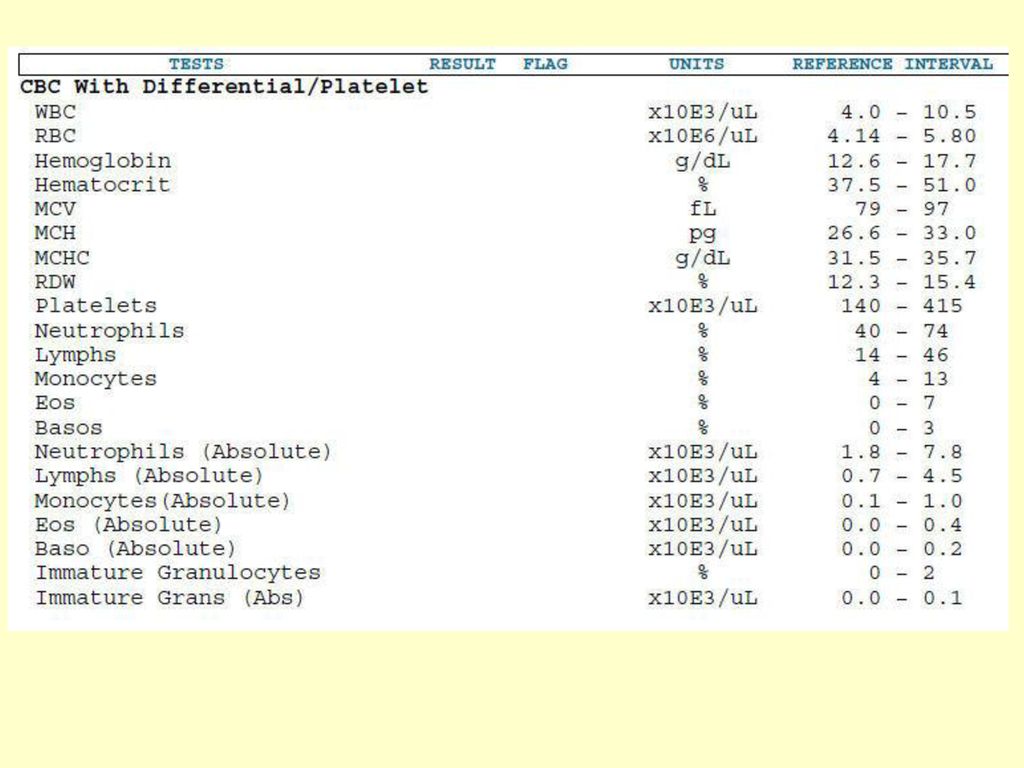 A CBC also helps him or her diagnose conditions, such as anemia, infection, and many other disorders.
A CBC also helps him or her diagnose conditions, such as anemia, infection, and many other disorders.
A CBC test usually includes:
- White blood cell (WBC, leukocyte) count.
White blood cells protect the body against infection. If an infection develops, white blood cells attack and destroy the bacteria, virus, or other organism causing it. White blood cells are bigger than red blood cells but fewer in number. When a person has a bacterial infection, the number of white cells rises very quickly. The number of white blood cells is sometimes used to find an infection or to see how the body is dealing with cancer treatment.
- White blood cell types (WBC differential).
The major types of white blood cells are neutrophils, lymphocytes, monocytes, eosinophils, and basophils.
 Immature neutrophils, called band neutrophils, are also part of this test. Each type of cell plays a different role in protecting the body. The numbers of each one of these types of white blood cells give important information about the immune system. Too many or too few of the different types of white blood cells can help find an infection, an allergic or toxic reaction to medicines or chemicals, and many conditions, such as leukemia.
Immature neutrophils, called band neutrophils, are also part of this test. Each type of cell plays a different role in protecting the body. The numbers of each one of these types of white blood cells give important information about the immune system. Too many or too few of the different types of white blood cells can help find an infection, an allergic or toxic reaction to medicines or chemicals, and many conditions, such as leukemia.- Red blood cell (RBC) count.
Red blood cells carry oxygen from the lungs to the rest of the body. They also carry carbon dioxide back to the lungs so it can be exhaled. If the RBC count is low (anemia), the body may not be getting the oxygen it needs. If the count is too high (a condition called polycythemia), there’s a chance that the red blood cells will clump together and block tiny blood vessels (capillaries). This also makes it hard for your red blood cells to carry oxygen.

- Hematocrit (HCT, packed cell volume, PCV).
This test measures the amount of space (volume) red blood cells take up in the blood. The value is given as a percentage of red blood cells in a volume of blood. For example, a hematocrit of 38 means that 38% of the blood’s volume is made of red blood cells. Hematocrit and hemoglobin values are the two major tests that show if anemia or polycythemia is present.
- Hemoglobin (Hgb).
The hemoglobin molecule fills up the red blood cells. It carries oxygen and gives the blood cell its red colour. The hemoglobin test measures the amount of hemoglobin in blood. It’s a good measure of how well the blood can carry oxygen throughout the body.
- Red blood cell indices.

There are three red blood cell indices: mean corpuscular volume (MCV), mean corpuscular hemoglobin (MCH), and mean corpuscular hemoglobin concentration (MCHC). They are measured by a machine, and their values come from other measurements in a CBC. The MCV shows the size of the red blood cells. The MCH value is the amount of hemoglobin in an average red blood cell. The MCHC measures the concentration of hemoglobin in an average red blood cell. These numbers help in the diagnosis of different types of anemia. Red cell distribution width (RDW) can also be measured. It shows if the cells are all the same or different sizes or shapes.
- Platelet (thrombocyte) count.
Platelets (thrombocytes) are the smallest type of blood cell. They are important in blood clotting. When bleeding occurs, the platelets swell, clump together, and form a sticky plug that helps stop the bleeding.
 If there are too few platelets, uncontrolled bleeding may be a problem. If there are too many platelets, there is a chance of a blood clot forming in a blood vessel. Also, platelets may be involved in hardening of the arteries (atherosclerosis).
If there are too few platelets, uncontrolled bleeding may be a problem. If there are too many platelets, there is a chance of a blood clot forming in a blood vessel. Also, platelets may be involved in hardening of the arteries (atherosclerosis).- Mean platelet volume (MPV).
Mean platelet volume measures the average amount (volume) of platelets. MPV is used along with platelet count to diagnose some diseases. If the platelet count is normal, the MPV can still be too high or too low.
Why It Is Done
A CBC may be done as part of a regular physical examination. There are many other reasons that a doctor may want this blood test, including to:
- Find the cause of symptoms such as fatigue, weakness, fever, bruising, or weight loss.

- Find anemia or an infection.
- See how much blood has been lost if there is bleeding.
- Diagnose diseases of the blood, such as leukemia or polycythemia.
How To Prepare
You do not need to do anything before having this test.
How It Is Done
A health professional uses a needle to take a blood sample, usually from the arm.
How It Feels
When a blood sample is taken, you may feel nothing at all from the needle. Or you might feel a quick sting or pinch.
Risks
There is very little chance of having a problem from this test. When a blood sample is taken, a small bruise may form at the site.
When a blood sample is taken, a small bruise may form at the site.
Results
Normal
Each lab has a different range for what’s normal. Your lab report should show the range that your lab uses for each test. The normal range is just a guide. Your doctor will also look at your results based on your age, health, and other factors. A value that isn’t in the normal range may still be normal for you.
Normal values for the complete blood count (CBC) tests depend on age, sex, how high above sea level you live, and the type of blood sample. Your doctor may use all the CBC values to check for a condition. For example, the red blood cell (RBC) count, hemoglobin (Hgb), and hematocrit (HCT) are the most important values needed to tell whether a person has anemia. But the red blood cell indices and the blood smear also help with the diagnosis and may show a possible cause for the anemia.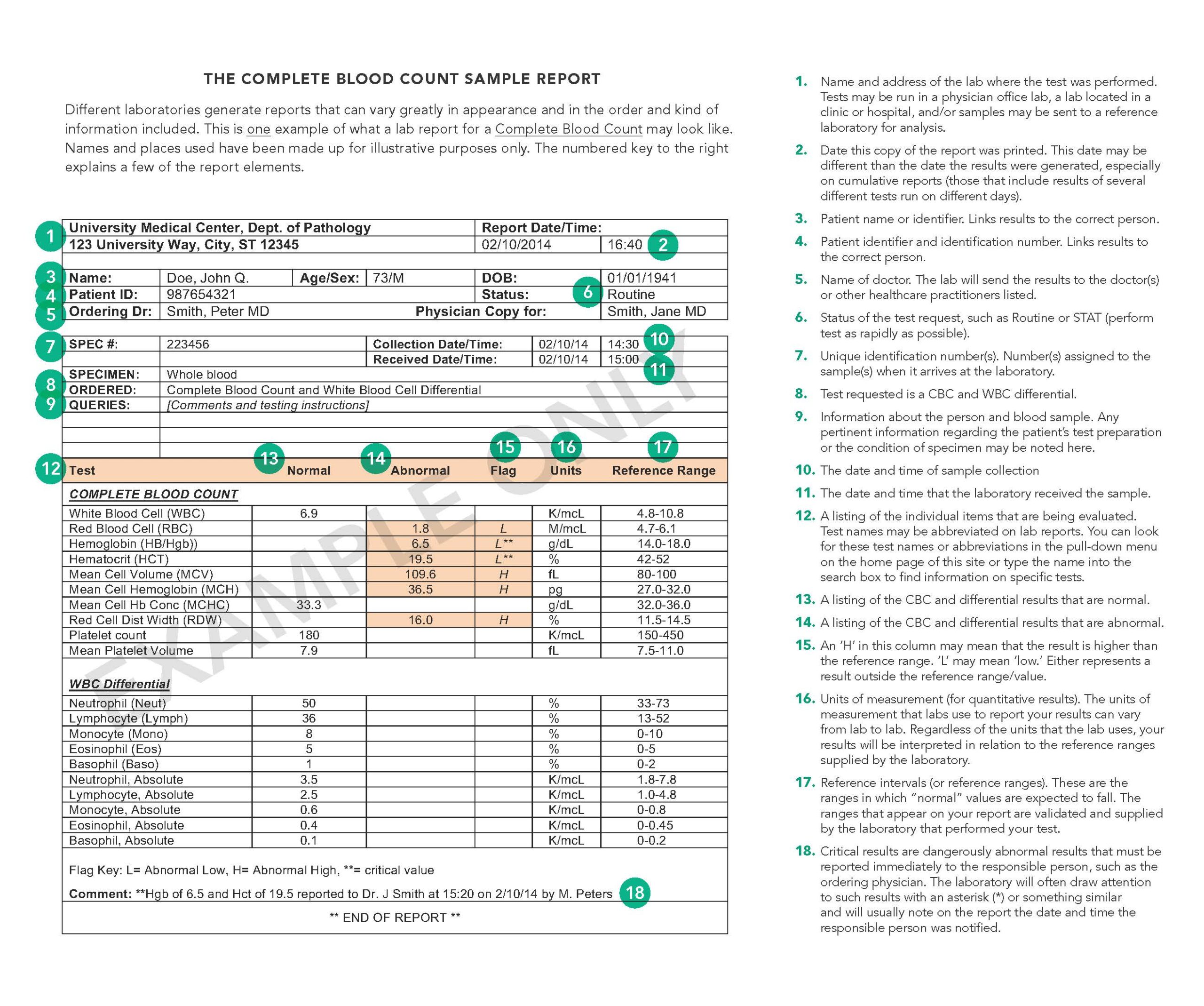
To see if the white blood cell (WBC, leukocyte) count is good and how the cells look on the smear, your doctor will look at both the number (WBC count) and the WBC differential. To see whether there are too many or too few of a certain type of cell, your doctor will look at the total count and the percentage of that particular cell. There are normal values for the total number of each type of white cell.
Pregnancy can change these blood values. Your doctor will talk with you about normal values during each trimester of your pregnancy.
Normal: | Blood cells are normal in shape, size, colour, and number. |
|---|
High values
- Red blood cells (RBC).

- Conditions that cause high RBC values include smoking, exposure to carbon monoxide, long-term lung disease, kidney disease, some cancers, certain forms of heart disease, alcohol use disorder, liver disease, a rare disorder of the bone marrow (polycythemia vera), and a rare disorder of hemoglobin that binds oxygen tightly.
- Conditions that affect the body’s water content can also cause high RBC values. These conditions include dehydration, diarrhea or vomiting, excessive sweating, and the use of diuretics. The lack of fluid in the body makes the RBC volume look high. This is sometimes called spurious polycythemia.
- White blood cells (WBC, leukocytes).
- Conditions that cause high WBC values include infection, inflammation, damage to body tissues (such as a heart attack), severe physical or emotional stress (such as a fever, injury, or surgery), kidney failure, lupus, tuberculosis (TB), rheumatoid arthritis, malnutrition, leukemia, and diseases such as cancer.

- The use of corticosteroids, underactive adrenal glands, thyroid gland problems, certain medicines, and removal of the spleen can also cause high WBC values.
- Conditions that cause high WBC values include infection, inflammation, damage to body tissues (such as a heart attack), severe physical or emotional stress (such as a fever, injury, or surgery), kidney failure, lupus, tuberculosis (TB), rheumatoid arthritis, malnutrition, leukemia, and diseases such as cancer.
- Platelets.
- High platelet values may be seen with bleeding, iron deficiency, some diseases like cancer, or problems with the bone marrow.
Low values
- Red blood cells (RBC).
- Anemia lowers RBC values. Anemia can be caused by heavy menstrual bleeding, stomach ulcers, colon cancer, inflammatory bowel disease, some tumours, Addison’s disease, thalassemia, lead poisoning, sickle cell disease, and reactions to some chemicals and medicines. A low RBC value may also be seen if the spleen has been taken out.

- A lack of folic acid or vitamin B12 can also cause anemia, such as pernicious anemia. This is a problem with absorbing vitamin B12.
- The RBC indices value and a blood smear may help find the cause of anemia.
- Anemia lowers RBC values. Anemia can be caused by heavy menstrual bleeding, stomach ulcers, colon cancer, inflammatory bowel disease, some tumours, Addison’s disease, thalassemia, lead poisoning, sickle cell disease, and reactions to some chemicals and medicines. A low RBC value may also be seen if the spleen has been taken out.
- White blood cells (WBC, leukocytes).
- Conditions that can lower WBC values include chemotherapy and reactions to other medicines, aplastic anemia, viral infections, malaria, alcohol use disorder, AIDS, lupus, and Cushing’s syndrome.
- A large spleen can lower the WBC count.
- Platelets.
- Low platelet values can occur in pregnancy or immune thrombocytopenic purpura (ITP) and other conditions that affect how platelets are made or that destroy platelets.
- A large spleen can lower the platelet count.

Credits
Take a general clinical blood test with ESR and leukocyte formula price in Moscow
In the medical company “LabQuest” you can get a personal consultation from the doctor of the “Doctor Q” service on deciphering the results of a blood test at the time of admission or by phone.
It must be remembered that the interpretation of the results of a general blood test should be carried out only by a doctor, since the results of laboratory tests are not the only criterion for making a diagnosis and prescribing appropriate treatment. They should be considered in conjunction with the history data and the results of other possible examinations, including instrumental diagnostic methods.
ESR is a non-specific indicator of the inflammatory process. The level of ESR depends on physiological and pathological factors. It increases with inflammatory processes, intoxications, tumors, infections (acute and chronic), paraproteinemia, hepatitis, amyloidosis, tuberculosis, etc. The level of ESR decreases with an increase in the number of red blood cells (erythremia, erythrocytosis).
The level of ESR decreases with an increase in the number of red blood cells (erythremia, erythrocytosis).
Red blood cells (RBCs) are red blood cells that contain the protein hemoglobin. The average lifespan of erythrocytes is 110-130 days. The main function of red blood cells is to carry oxygen from the lungs to other organs and tissues. An increase in the number of red blood cells (erythrocytosis) occurs with tissue hypoxia, polycystic kidney disease, renal artery stenosis, hydronephrosis, tumors, etc. A decrease in the number of red blood cells (erythrocytopenia) occurs after blood loss, with anemia, after radiation exposure, with increased breakdown of red blood cells, with diseases of the kidneys and liver, against the background of infectious diseases.
Hemoglobin (Hb) increases with dehydration, with an increase in the number of red blood cells. The concentration of hemoglobin decreases with anemia and with hyperhydration.
Hematocrit (HCT) is an indicator that is determined by calculating the ratio of the volume of red blood cells to the volume of the liquid part of the blood.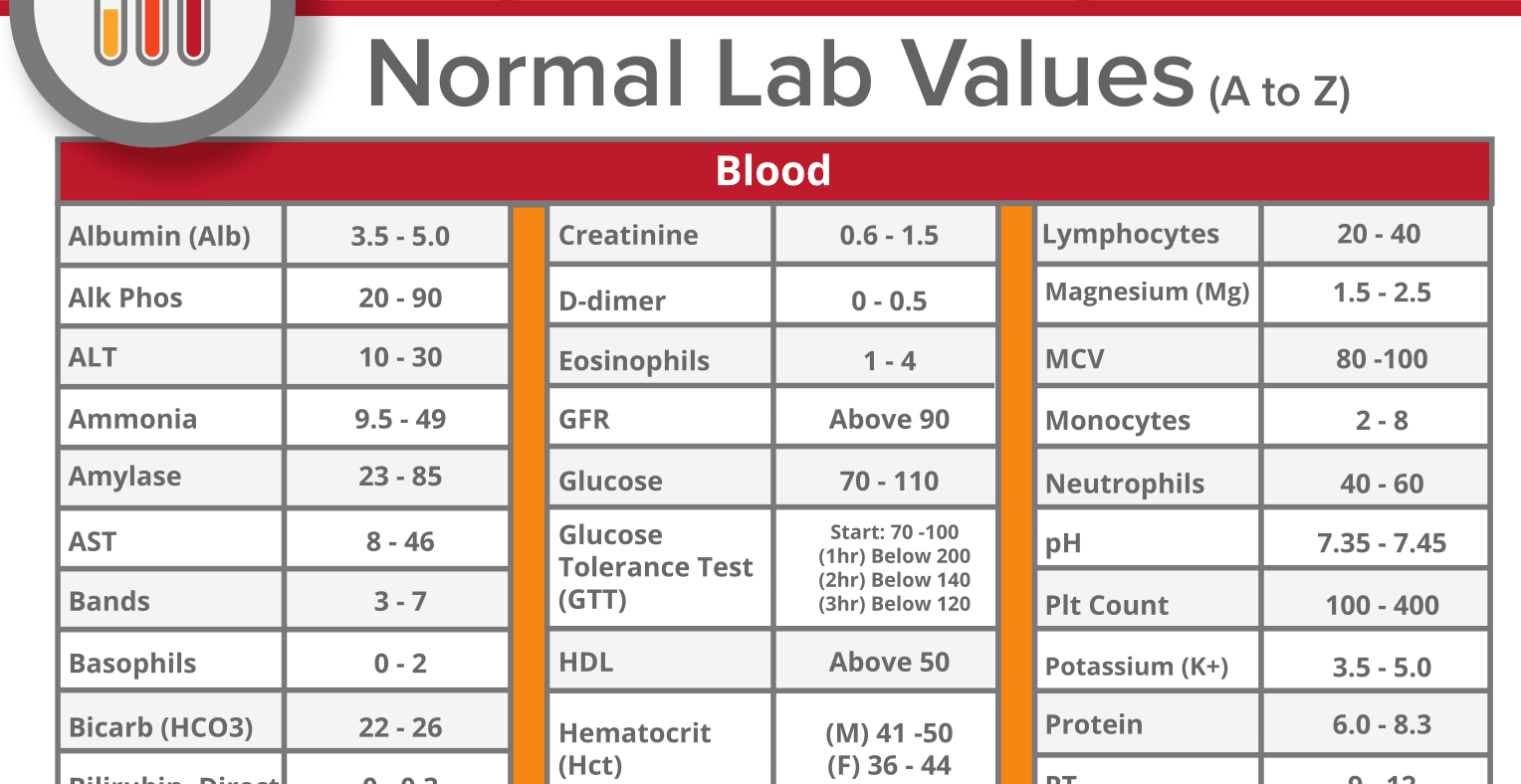 Hematocrit increases with an increase in the number of red blood cells, with burn disease and dehydration of the body. HCT decreases with anemia, overhydration, pregnancy.
Hematocrit increases with an increase in the number of red blood cells, with burn disease and dehydration of the body. HCT decreases with anemia, overhydration, pregnancy.
Mean cell volume (MCV) is a measure of the average volume of the entire population of red blood cells. According to this indicator, the doctor determines the type of anemia (normocytic, microcytic and macrocytic). A decrease in MCV is more common in iron deficiency anemia, and an increase in B12 deficiency anemia or folate deficiency anemia.
Mean erythrocyte hemoglobin (MCH) is an indicator of the average content of hemoglobin protein in 1 erythrocyte. Analogue of the obsolete color index (CPU). According to this indicator, the doctor divides anemia into normochromic, hypochromic and hyperchromic. MCH decreases with iron deficiency anemia, porphyria, and increases with macrocytic anemia.
Average concentration of hemoglobin in erythrocytes (MCHC) – the indicator reflects the saturation of erythrocytes with hemoglobin.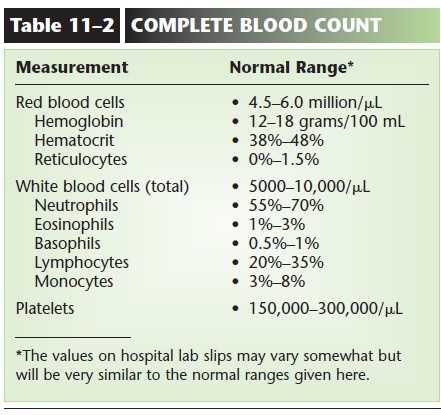 MCHC increases with spherocytosis, cold agglutination of erythrocytes, after chemotherapy, decreases with hemoglobinopathies, anemia of chronic disease, iron deficiency anemia.
MCHC increases with spherocytosis, cold agglutination of erythrocytes, after chemotherapy, decreases with hemoglobinopathies, anemia of chronic disease, iron deficiency anemia.
Distribution of erythrocytes by volume (RDW CV) – the indicator reflects the degree of anisocytosis of erythrocytes (change in the size of an erythrocyte). An increase in RDW occurs with a combination of red blood cells of different sizes (for example, normocytes and microcytes).
Platelets (PLT) are nuclear-free small blood cells that are involved in the formation of blood clots in normal conditions (in case of damage to the vessel) and in pathology (when an atherosclerotic plaque is “opened”). The number of platelets increases with increased physical exertion, after surgical interventions, against the background of oncological diseases, in acute and chronic inflammatory processes in the body. A decrease in the number of platelets occurs with bacterial and viral infections, pregnancy, enlarged spleen, autoimmune diseases, etc.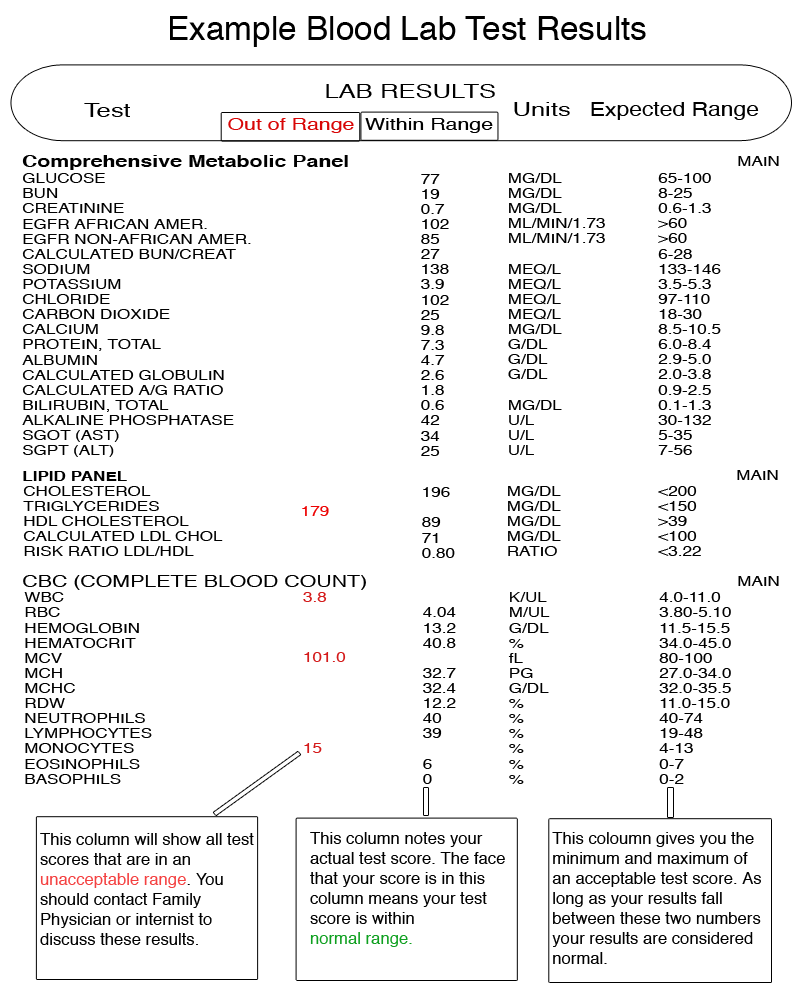
Mean platelet volume (MPV) is a measure of the average volume of the entire population of platelets. An increase in MPV is observed in patients with idiopathic thrombocytopenic purpura, hyperthyroidism, diabetes mellitus, smokers, and alcohol abuse. The indicator decreases after removal of the spleen, with ulcerative colitis and Crohn’s disease.
Leukocytes (WBC) are blood cells that are part of cellular immunity. The main function is to attack pathogenic microorganisms (bacteria, viruses, fungi) that have entered the body and remove the remains of cells after their destruction. Leukocytes include neutrophils, eosinophils, lymphocytes, monocytes, and basophils. An increase in leukocytes occurs normally after exercise, physiotherapy, against the background of pain of a different nature (for example, with a headache), after eating, emotional stress, exposure to cold and heat. The increase in leukocytes in these conditions is temporary and is called physiological (redistributive) leukocytosis. A pathological increase in leukocytes will be observed with angina, scarlet fever, otitis media, pneumonia, pyelonephritis, abscess, burns, injuries, malignant neoplasms, etc.
A pathological increase in leukocytes will be observed with angina, scarlet fever, otitis media, pneumonia, pyelonephritis, abscess, burns, injuries, malignant neoplasms, etc.
Neutrophils are the largest group of cells among leukocytes (60-70%). In the bloodstream, most of the neutrophils occupy the parietal position (marginal pool), and a small part remains in free circulation in the vessels (circulating pool). Neutrophils circulate in the blood for 8-10 hours, and then go into the tissues. The main function of neutrophils is to fight microbes that have entered the body. Neutrophils contain a large number of substances (bactericidal proteins) that can destroy almost all microorganisms. More often, neutrophils increase with pneumonia, cholecystitis, meningitis, sepsis, osteomyelitis, food poisoning, diphtheria, scarlet fever and other acute bacterial infections. A decrease in the number of neutrophils occurs in aplastic and megaloblastic anemia, acute leukemia, chronic lymphocytic leukemia, typhoid fever, brucellosis, tularemia, severe infectious diseases, SARS, influenza, starvation, prolonged stress, in newborns, etc.
Eosinophils – make up a small part of the cells among leukocytes (0.5-5%). They circulate in the bloodstream for 6-12 hours, then go to the tissues, mainly to the respiratory tract, the digestive system and the urinary tract. Eosinophil granules contain cationic protein, bactericidal peroxides and a number of other biologically active substances that have anthelmintic and antiparasitic protection, and also reduce the hypersensitivity reaction in allergies. With an allergic reaction in the KLA, the number of eosinophils first decreases, as they rush to the lesion, then the bone marrow begins to produce them in a larger number, therefore, after a while, they will normalize in the blood test and then the number will increase ( eosinophilia). Most often, eosinophils increase in bronchial asthma, food allergies, atopic eczema, helminthiases, autoimmune processes, malignant neoplasms, tuberculosis, psoriasis, herpes, fungal infections and inflammatory diseases (mononucleosis, scarlet fever, gonorrhea). A decrease in the number of eosinophils occurs at the initial stage of the inflammatory process, with severe purulent infections, shock, stress, heavy metal poisoning
A decrease in the number of eosinophils occurs at the initial stage of the inflammatory process, with severe purulent infections, shock, stress, heavy metal poisoning
Basophils – just like other leukocytes, they stay in the bloodstream for a short period of time (6 hours) and go into the tissues. Basophils contain histamine, enzymes, platelet activating factor, interleukins and other active substances that are involved in inflammatory reactions. An increase in the number of basophils occurs with allergic reactions, erythremia, chronic myeloid leukemia.
Monocytes are a small group of white blood cells that can engulf pathogens and broken cell debris. Approximately one hour after capture, most pathogens die inside the monocyte. An increase in the number of monocytes occurs in tuberculosis, malaria, brucellosis, sarcoidosis, syphilis, in the recovery period after acute infections, in chronic infections (tuberculosis, syphilis, sarcoidosis), in systemic lupus erythematosus, rheumatoid arthritis, etc.
Lymphocytes are blood cells that make up 20-35% of the total number of leukocytes. An increase in the number of lymphocytes occurs in most viral infections (mononucleosis, rubella, chicken pox, mumps, influenza, measles, viral hepatitis, cytomegalovirus infection), in chronic bacterial infections (tuberculosis, syphilis, brucellosis). A decrease in the number of lymphocytes occurs in acute infectious diseases, systemic lupus erythematosus, renal failure, lymphogranulomatosis, immunodeficiencies.
You can take a general clinical blood test with a visit to the nurse’s home by calling 8 (800) 505 22 45 in advance or leaving a request on the website.
Clinical blood test with morphological evaluation of pathological results, without ESR
Code: 416
Test available:
Medical center at Bogatyrsky pr., 4Laboratory terminal at Aleksandrovskaya Fermy avenue, 8Laboratory terminal at Nastavnikov avenue, 36k2Laboratory terminal at ul. Budapestskaya, 6Medical center on Pulkovskoye shosse, 28A Medical center on Kondratievsky prospect, 62k3Medical center on Prosveshcheniya avenue, 14k4Medical center on Moiseenko, 5Laboratory terminal on the street. Oleko Dundicha, 8, room 2Laboratory terminal on the street. Pestelya, 25AMedical center on Leninsky prospect, 88Medical center on Okhtinskaya alley, 4 (Murino, Leningrad region)Laboratory terminal on the street. Turku, 5/13 St. Petersburg, Exit serviceMedical center on the street. Savushkina, 14
Budapestskaya, 6Medical center on Pulkovskoye shosse, 28A Medical center on Kondratievsky prospect, 62k3Medical center on Prosveshcheniya avenue, 14k4Medical center on Moiseenko, 5Laboratory terminal on the street. Oleko Dundicha, 8, room 2Laboratory terminal on the street. Pestelya, 25AMedical center on Leninsky prospect, 88Medical center on Okhtinskaya alley, 4 (Murino, Leningrad region)Laboratory terminal on the street. Turku, 5/13 St. Petersburg, Exit serviceMedical center on the street. Savushkina, 14
Price:
630 ₽
Add to cart
The price is indicated without taking into account the cost of taking biomaterial
Clinical blood test with morphological evaluation of pathological results
What does a clinical blood test show? This is a detailed qualitative and quantitative analysis of blood composition. Attention is focused on indicators of hemoglobin levels, the quantitative content of each type of blood cells, the percentage of different types of leukocytes, indicators of the average volume of erythrocytes and their distribution in the blood.
Going beyond the norm of these indicators may indicate pathological conditions – anemia, thrombocytopenia or thrombocytosis, leukopenia or leukocytosis, which makes it possible to build tactics for subsequent diagnosis .
Method of determination
A clinical blood test is carried out by the following methods:
- microscopy;
- conductometric method;
- flow cytometry;
- SLS method (with sodium lauryl sulfate)
Test material
For research donate venous or capillary blood.
Deadline
One day.
Readings
A wide range of pathologies, when the patient complains and / or he has symptoms of the disease. Also, blood is given for clinical analysis as part of a medical examination.
Preparation for analysis
- Exclude alcohol per day.
- No food intake 8 hours before donating blood.

- You can drink clean water.
- Children under one year are not given food half an hour before the analysis, children from one to five years old are not fed three hours before blood donation.
- Do not smoke one hour before the test.
- Don’t donate blood after ultrasound, radiography, massage, physiotherapy.
- Eliminate physical and mental stress half an hour before blood sampling.
Synonyms: Complete Blood Count (CBC), CBC with White Blood Cell Differential Count
Women
Children under one year old
Children 6-12 years old
+measures+how+much+space+in+the+blood+is+occupied+by+red+blood+cells..jpg) 0-5.5) x 10¹²/l
0-5.5) x 10¹²/l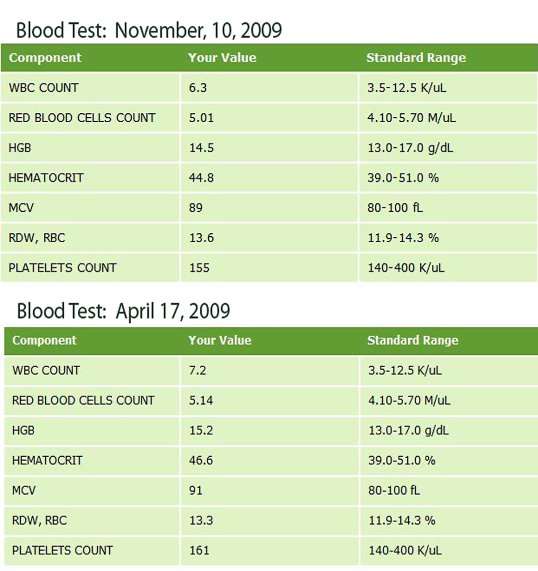 5-5.0%
5-5.0% When a doctor interprets a blood test, he must take into account that about 5% of people have indicators that do not match the accepted normal values. Therefore, the decoding of a clinical blood test should be carried out taking into account the characteristic indicators of the subject.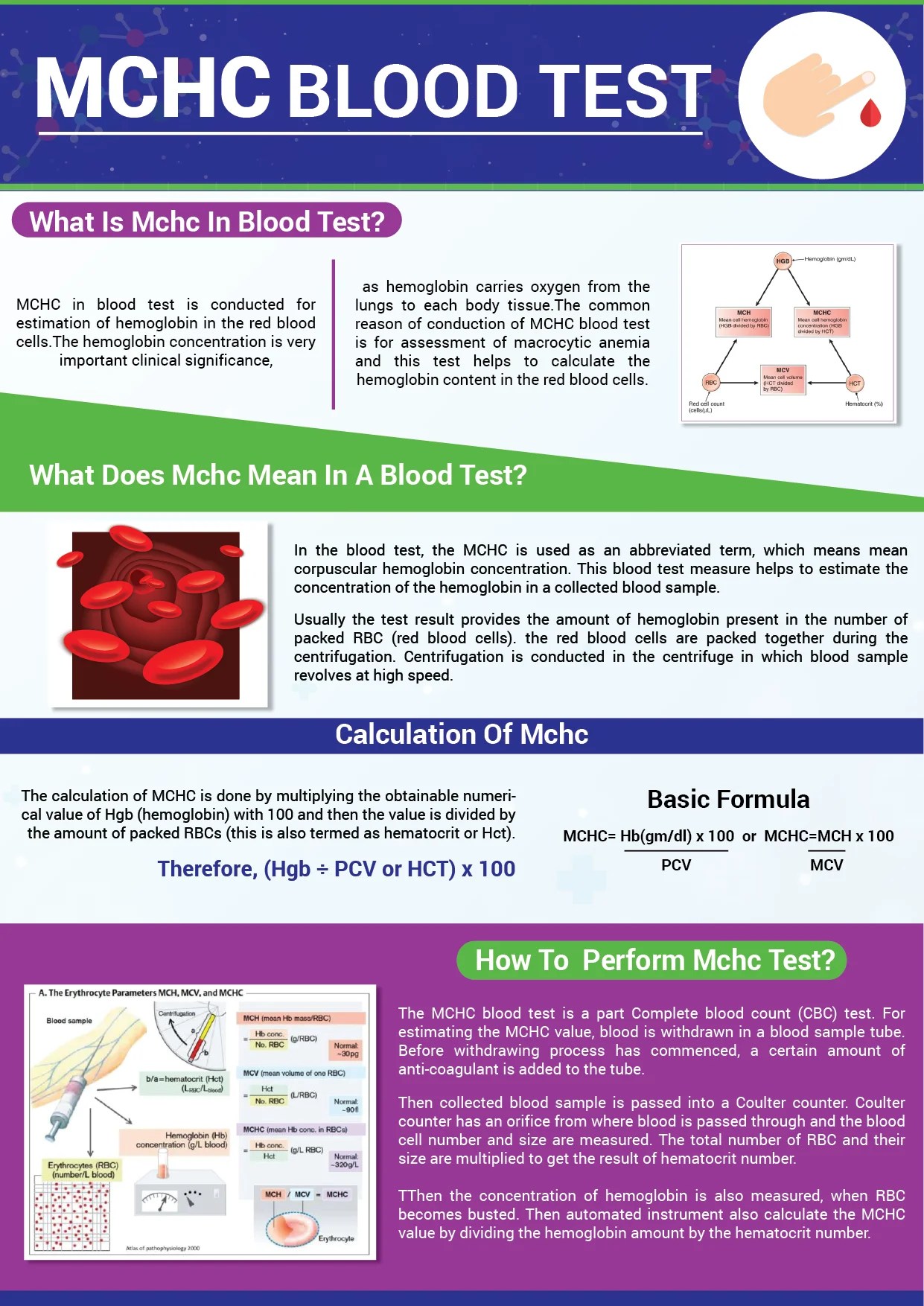
* For current information, please contact the contact center at tel. 8 (812) 600-42-00
Exclude food intake 2-3 hours before the study. Drinking – water, as usual. On the eve of the study, exclude: alcohol intake. Stop smoking 1 hour before the test. Blood should not be taken immediately after x-ray, ultrasound, massage, reflexology or physiotherapy procedures.
Similar tests
Clinical blood test with morphological assessment of pathological results, without ESR
1 day
from 305 ₽
Add to cart
Hemoglobin electrophoresis for the diagnosis of hemoglobinopathies with detailed conclusion
up to 7 days
from 2,100 ₽
Add to cart
Osmotic stability of erythrocytes
7 days (except Saturday, Sunday)
from 1 365 ₽
Add to cart
Fonio platelet count test
1 day
from 265 ₽
Add to cart from 1 000 ₽
Add to cart
Platelet level test in the blood
1 day
from 230 ₽
Add to cart
Clinical blood test – 4 parameters (hemoglobin, erythrocytes, leukocytes, platelets)
1 day
from 200 ₽
Add to cart
Myelogram
3-4 days
from 5 000 ₽
Add to cart 900 03
Basophilic puncture of erythrocytes
1 day
from 135 ₽
Add to cart
Malaria (plasmodia of malaria in the blood)
1 day
from 345 ₽
Add to cart
Reticulocytes
1 day
from 2 25 ₽
Add to cart
Erythrocyte sedimentation rate (ESR)
1 day
from 125 ₽
Add to cart
Analysis is available in these centers:
Medical center on Bogatyrsky pr. , 4
, 4
Medical center on the street. Moiseenko, 5
Medical center on Prosveshcheniya avenue, 14k4
Medical center on the street. Savushkina, 14
Laboratory terminal on the street. Turku, 5/13
Medical center on Okhtinskaya alley, 4 (Murino, Leningrad region)
Laboratory terminal on the street. Pestelya, 25A
Pestelya, 25A
Laboratory terminal on the street. Oleko Dundicha, 8, building 2
Laboratory terminal on the street. Budapestskaya, 6
Medical center at Pulkovskoe shosse, 28A
Laboratory terminal at Nastavnikov Ave., 36k2
Laboratory terminal at Aleksandrovskaya Ferma avenue, 8
Medical center on Leninsky pr.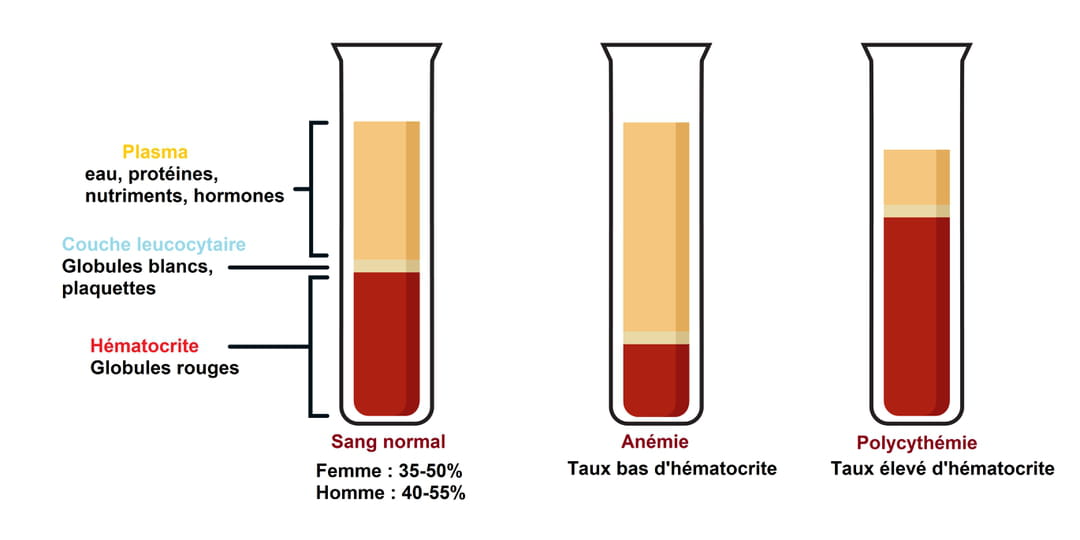 , 88
, 88
Medical center on Kondratievsky prospect, 62k3
ORTOKROSS clinic on the 5th line of V.O., 8A (official partner)
Laboratory terminal at Kronverksky pr., 31 (official partner)
Clinic “PulkovoStom” on Pulkovskoye shosse, 26, building 6. (official partner)
Laboratory terminal on the street.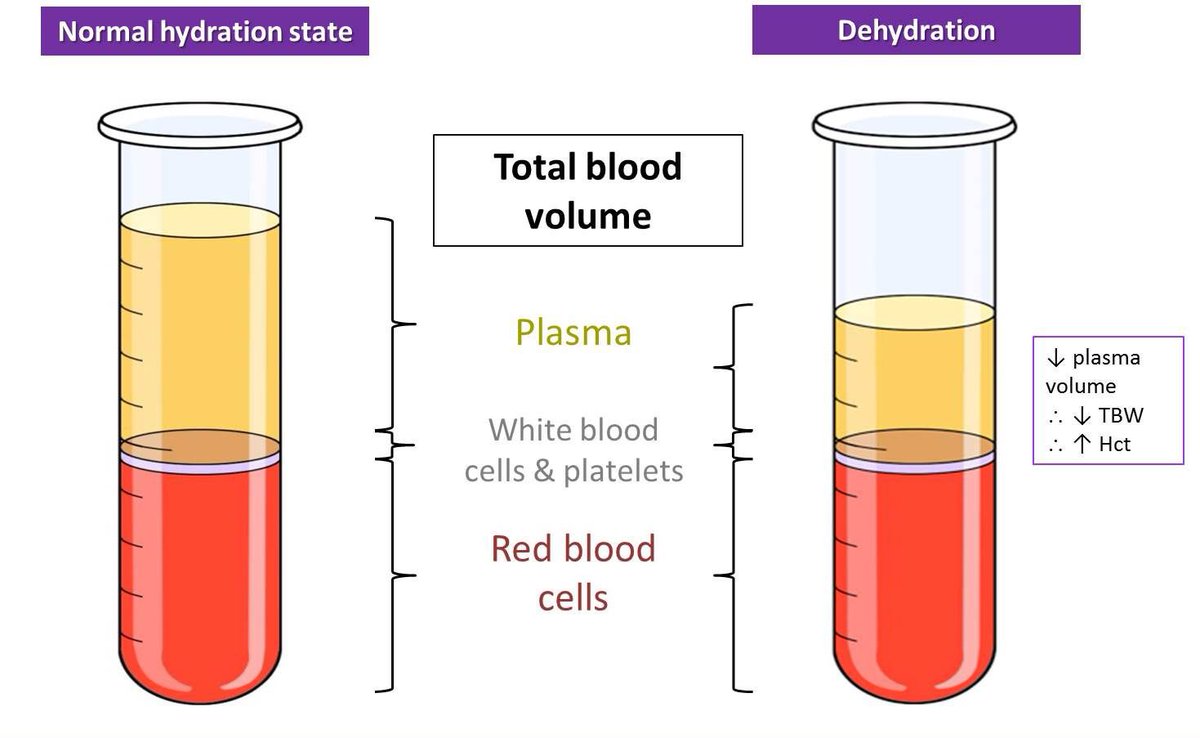

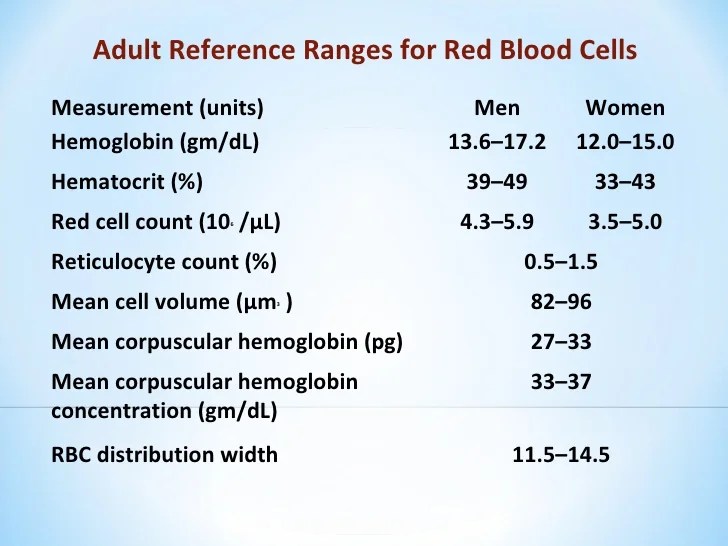 Immature neutrophils, called band neutrophils, are also part of this test. Each type of cell plays a different role in protecting the body. The numbers of each one of these types of white blood cells give important information about the immune system. Too many or too few of the different types of white blood cells can help find an infection, an allergic or toxic reaction to medicines or chemicals, and many conditions, such as leukemia.
Immature neutrophils, called band neutrophils, are also part of this test. Each type of cell plays a different role in protecting the body. The numbers of each one of these types of white blood cells give important information about the immune system. Too many or too few of the different types of white blood cells can help find an infection, an allergic or toxic reaction to medicines or chemicals, and many conditions, such as leukemia.

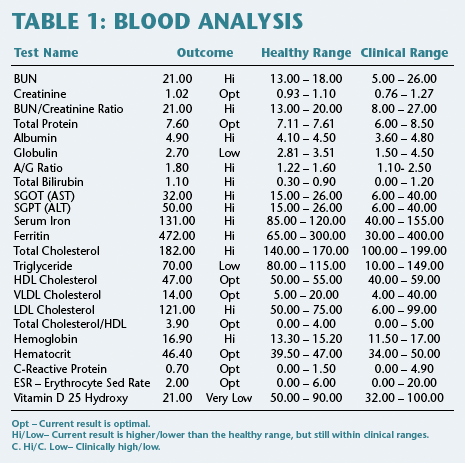 If there are too few platelets, uncontrolled bleeding may be a problem. If there are too many platelets, there is a chance of a blood clot forming in a blood vessel. Also, platelets may be involved in hardening of the arteries (atherosclerosis).
If there are too few platelets, uncontrolled bleeding may be a problem. If there are too many platelets, there is a chance of a blood clot forming in a blood vessel. Also, platelets may be involved in hardening of the arteries (atherosclerosis).



